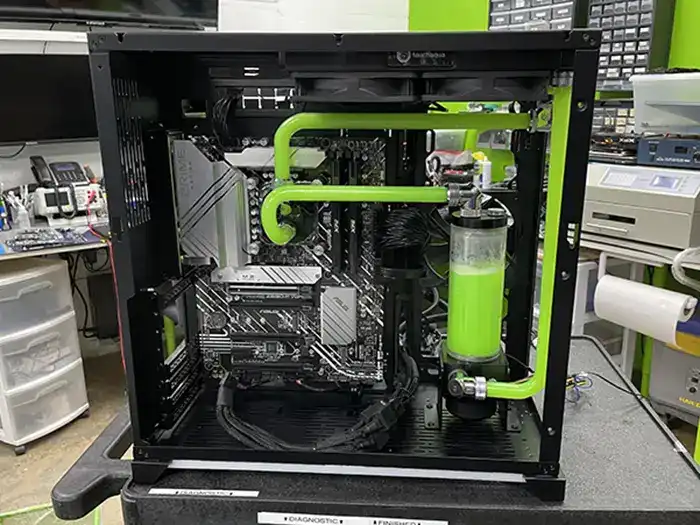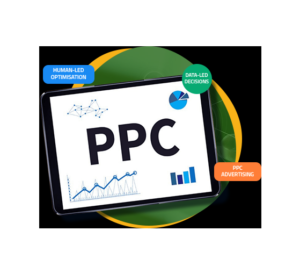
A Comprehensive Guide to Computer Parts
In the world of computing, understanding the various components that make up a computer is essential.
From the central processing unit (CPU) to peripheral devices, each part plays a crucial role in the functionality and performance of a computer system.
This blog aims to provide a comprehensive overview of the key computer parts, their functions, and how they work together to create a seamless computing experience. Fusionhardwares is the platform where you can find all types computer accessories.
What Are Computer Parts?
Computer parts refer to the physical components that make up a computer system. These parts can be categorized into two main groups: internal components that are housed within the computer case and external peripherals that connect to the computer externally.
Internal Components
1. Central Processing Unit (CPU)
The CPU serves as the brain of the computer, responsible for executing instructions and performing calculations. It processes data and communicates with other components through the motherboard.
2. Motherboard
The motherboard is a circuit board that connects all the internal components of a computer. It houses the CPU, RAM, storage drives, and provides connectivity for other peripherals.
3. Random Access Memory (RAM)
RAM is temporary storage that the CPU uses to store data and instructions that are currently in use. It allows for faster access to data compared to storage drives.
4. Storage Drives (HDDs and SSDs)
Storage drives store data permanently on a computer. Hard disk drives (HDDs) use spinning magnetic disks, while solid-state drives (SSDs) use flash memory for faster access speeds.
5. Graphics Processing Unit (GPU)
The GPU is responsible for rendering graphics and images on the computer monitor. It accelerates the rendering of images and videos for applications such as gaming and graphic design.
External Peripherals
1. Monitor
The monitor displays visual output from the computer. It comes in various sizes and resolutions, providing the user interface for interacting with the computer.
2. Keyboard and Mouse
Input devices like keyboards and mice allow users to input commands and interact with the computer. They transmit data to the CPU for processing.
3. Printers and Scanners
Peripheral devices like printers and scanners enable users to create physical copies of digital documents or digitize physical documents for storage on a computer.
How Computer Parts Work Together
Each computer part has a specific function and interacts with other parts to perform tasks efficiently. The CPU processes instructions from software applications, retrieves data from RAM or storage drives, and sends output signals to the GPU for display on the monitor. The motherboard acts as a central hub, facilitating communication between different components through data buses and ports.
Conclusion
Understanding the various computer parts is fundamental to choosing and maintaining a computer system that meets your needs. Whether you’re building a custom PC, upgrading components for better performance, or troubleshooting issues, knowledge of computer parts enables informed decision-making and efficient problem-solving.
Stay tuned for more insightful articles on technology and computing. Explore our blog for expert tips and guides on maximizing your computer’s potential and staying updated with the latest in tech trends


